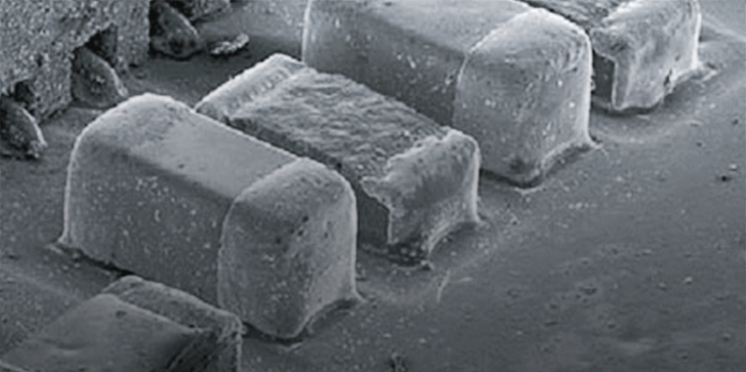Bragg reflection
Bragg reflection
When a lattice plane (of a crystal) is situated at a specific angle with respect to an incident electron beam, this lattice plane reflects the electron beam as if the plane acts as a mirror. Incident electrons hit each constituent atom in the crystal and then, these electrons are scattered in various directions and interfere with each other. At this event, only the electrons that satisfy the Bragg condition interfere constructively, resulting into a diffracted wave (reflection line) with a strong intensity in a specific direction. (Electron waves, which travel in other directions, interfere destructively and disappear.) Such electron reflection is termed "Bragg reflection" and a diffraction pattern is formed on a back focal plane of the objective lens in a TEM.
Related Term(s)
Term(s) with "Bragg reflection" in the description
Are you a medical professional or personnel engaged in medical care?
No
Please be reminded that these pages are not intended to provide the general public with information about the products.




